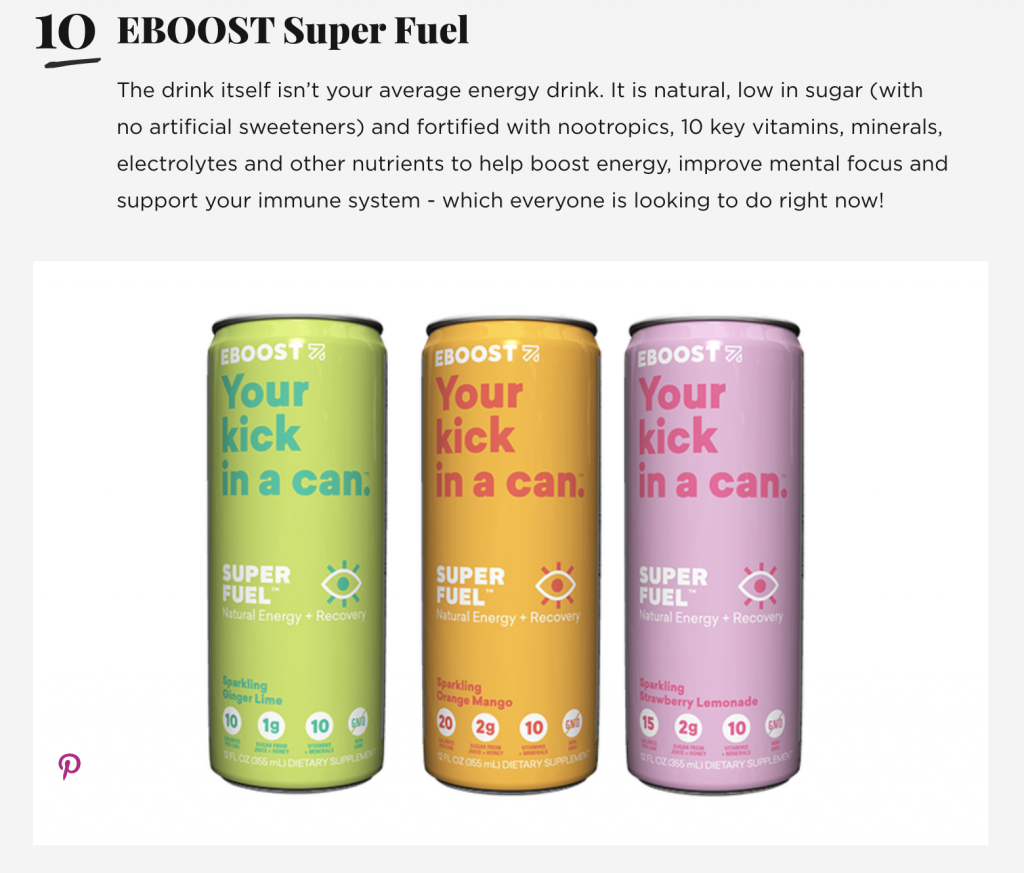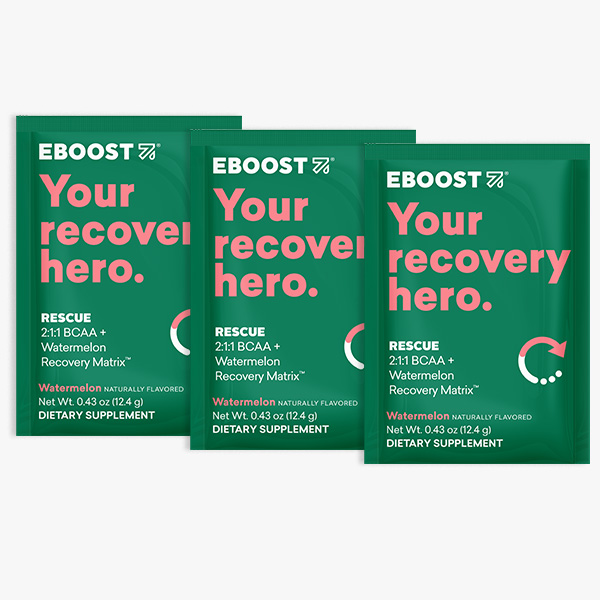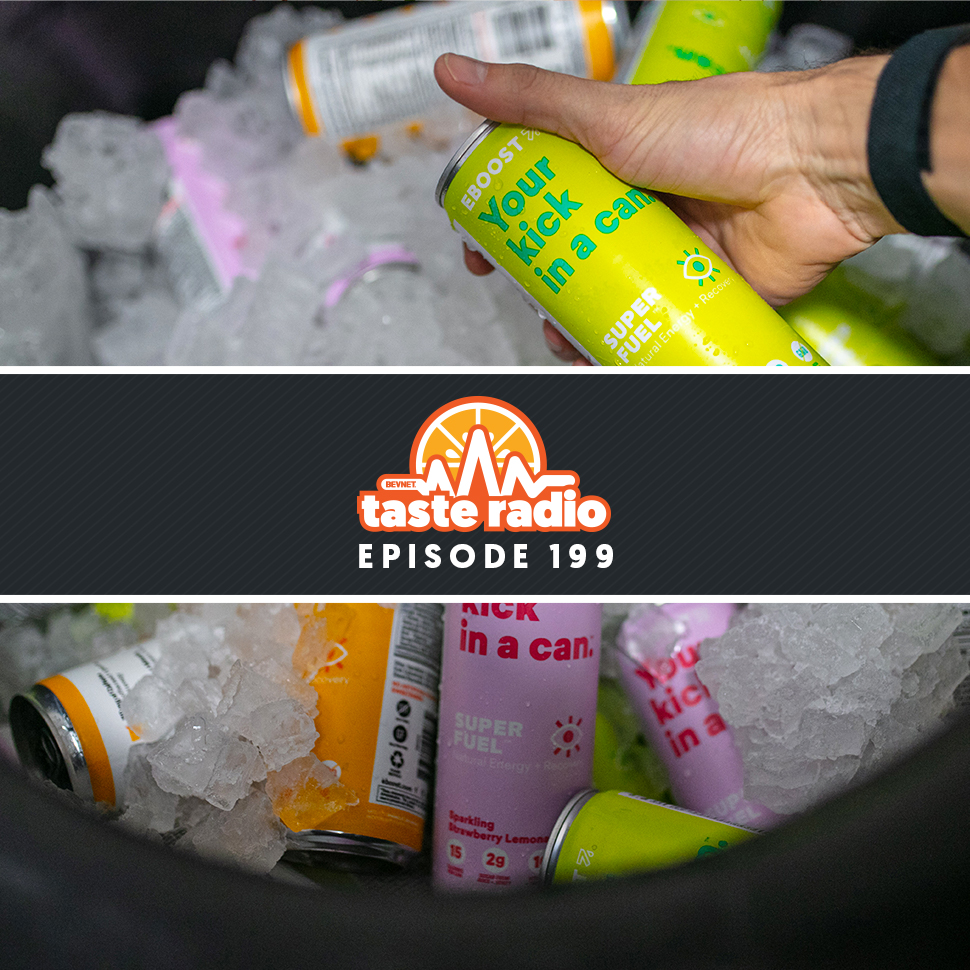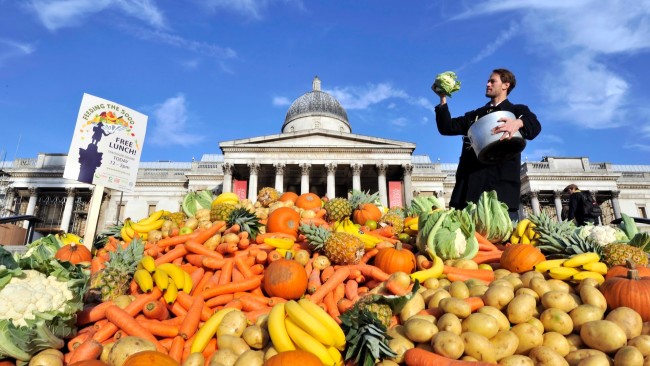 Americans throw away almost as much food as they eat because of a “cult of perfection”, deepening hunger and poverty, and inflicting a heavy toll on the environment.
Americans throw away almost as much food as they eat because of a “cult of perfection”, deepening hunger and poverty, and inflicting a heavy toll on the environment.
Vast quantities of fresh produce grown in the US are left in the field to rot, fed to livestock or hauled directly from the field to landfill, because of unrealistic and unyielding cosmetic standards, according to official data and interviews with dozens of farmers, packers, truckers, researchers, campaigners and government officials.
From the fields and orchards of California to the population centres of the east coast, farmers and others on the food distribution chain say high-value and nutritious food is being sacrificed to retailers’ demand for unattainable perfection.
“It’s all about blemish-free produce,” says Jay Johnson, who ships fresh fruit and vegetables from North Carolina and central Florida. “What happens in our business today is that it is either perfect, or it gets rejected. It is perfect to them, or they turn it down. And then you are stuck.”
Food waste is often described as a “farm-to-fork” problem. Produce is lost in fields, warehouses, packaging, distribution, supermarkets, restaurants and fridges.
By one government tally, about 60m tonnes of produce worth about $160bn, is wasted by retailers and consumers every year – one third of all foodstuffs.
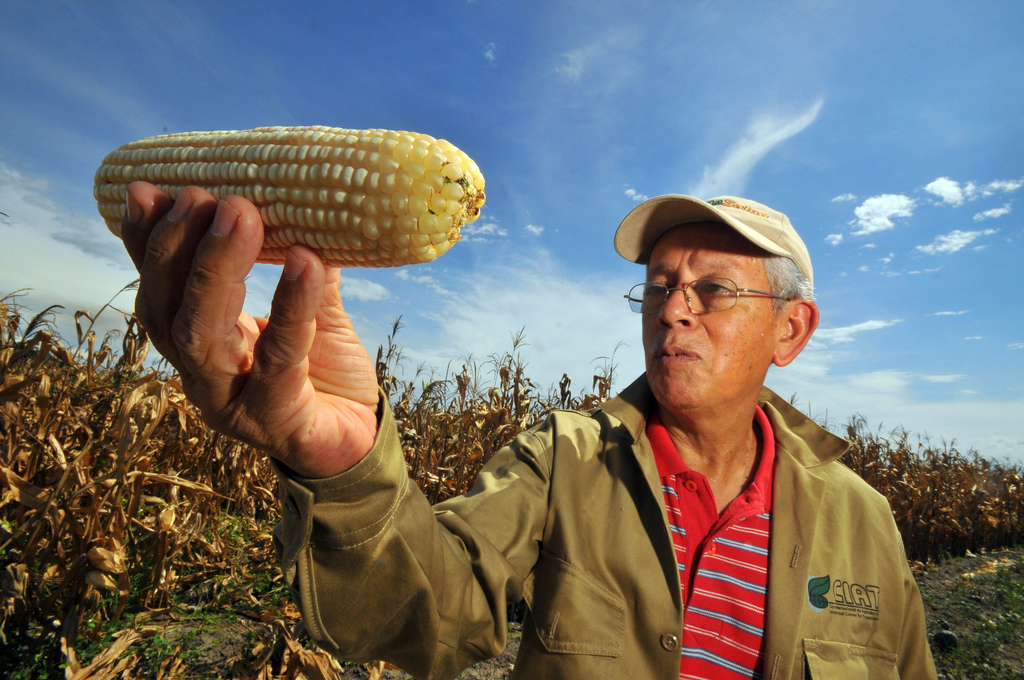
But that is just a “downstream” measure. In more than two dozen interviews, farmers, packers, wholesalers, truckers, food academics and campaigners described the waste that occurs “upstream”: scarred vegetables regularly abandoned in the field to save the expense and labour involved in harvest. Or left to rot in a warehouse because of minor blemishes that do not necessarily affect freshness or quality.
When added to the retail waste, it takes the amount of food lost close to half of all produce grown, experts say.
“I would say at times there is 25% of the crop that is just thrown away or fed to cattle,” said Wayde Kirschenman, whose family has been growing potatoes and other vegetables near Bakersfield, California, since the 1930s. “Sometimes it can be worse.”
Read the full article on The Guardian Website
What can you do to help reduce the waste?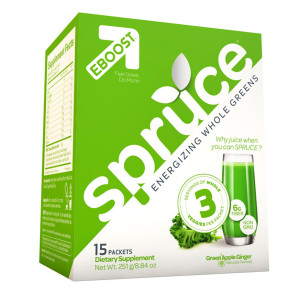
- Shop locally and try to buy fresh produce directly from a local farmer
- Don’t be too picky with the way the produce look. Remember, a little sunburn on a tomato does not affect the quality of the produce and can easily be removed before using the produce
- Look into supermarket alternatives that sell “ugly” produce. You will help reduce the waste and those ugly foods are usually 20% to 40% cheaper!
- Avoid over buying fresh produce to reduce household waste. SPRUCE is a great way to avoid wasting your greens!
